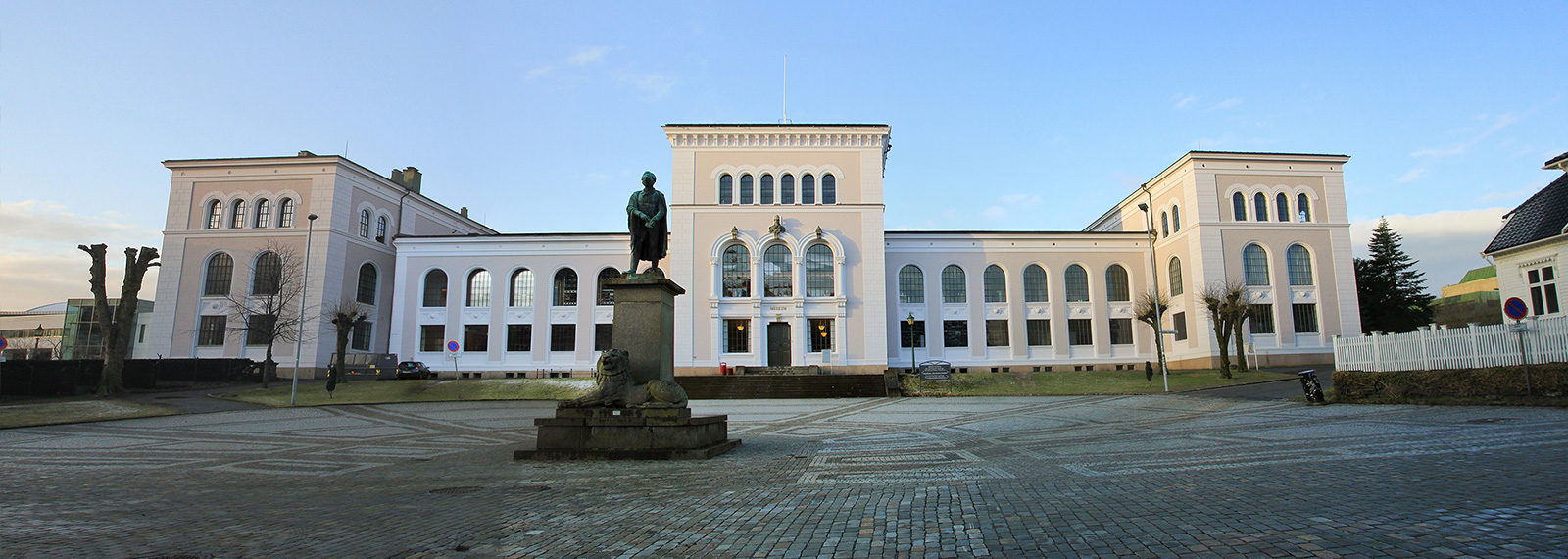Walls, Laws and Migrations – Past and Present
31 March 2021
The Social Sciences and Humanities (SSH) Working Group of the Coimbra Group is pleased to invite you to the online colloquium “Walls, Laws and Migrations – Past and Present”, on 27 and 28 May 2021.
Organised by the SSH Working Group members Johannes Bergemann (University of Goettingen), Carmen Caballero Navas (University of Granada), Egidio Ivetic (University of Padova) and Ilaria Poggiolini (University of Pavia), this webinar will discuss selected cases of past and present long-lasting walls/divisions in a long-term multidisciplinary perspective, thanks to the participation of leading scholars in different fields of studies.
The history and politics of walls can be traced back to the ancient world but walls and divisions are still with us today: the Roman Limes, the Great Wall of China, the Iron Curtain, the Berlin wall, the Mexican Wall on the US-American border. The main common aim of walls has been to secure well-organized state structures against uncontrolled migration as they prevent mobility of people across borders. Some of these sealed borders were/ are permeable or fluctuating, others remain hermetic. The Berlin Wall and border fortifications in Germany up to 1989, were extraordinary examples of an hermetic cold war division aimed at preventing outward mobility rather than protecting from inward migrations.
In history walls have also been imaginary constructions. The Greek Poleis often constituted themselves with an exclusive, closed group of citizens. Pericles‘ civil rights law is a good example that worked for centuries. It allowed only Athenian citizens to own land in Attika. Children from mixed marriages would lose this right. Only in the imperial period did Athenians marry across the borders of the Attic state.
Civil rights laws, social systems and concrete walls constructed to be long lasting, have successfully sealed off or prevented migration and mobility for extensive periods of time. Can they do so in the contemporary world? The project for a wall on the US-Mexico border is the latest example, associated to the name of Trump, though the project predates his presidency and may still be there after he left office. Will the Israeli-Palestinian separation barriers evolve towards permanent closure? Walls of stone or concrete, or political/diplomatic divisions, strongly felt and implemented, have been and remain topical today in a Covid-19 world that reminds us of previous pandemics and attempts at preventing their spread by fencing societies in.
The aim of this webinar is to outline interpretative frameworks for the understanding of how tools of division such as walls are built and kept in place. Which are the motivations that lead to their creation and the effects that their existence, as well as their end, had/have on the people, societies and governments involved and/or on the international scenario of the time.


